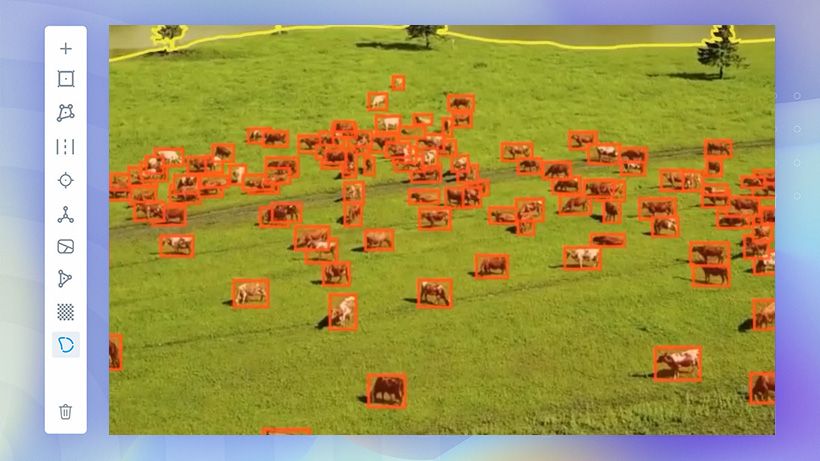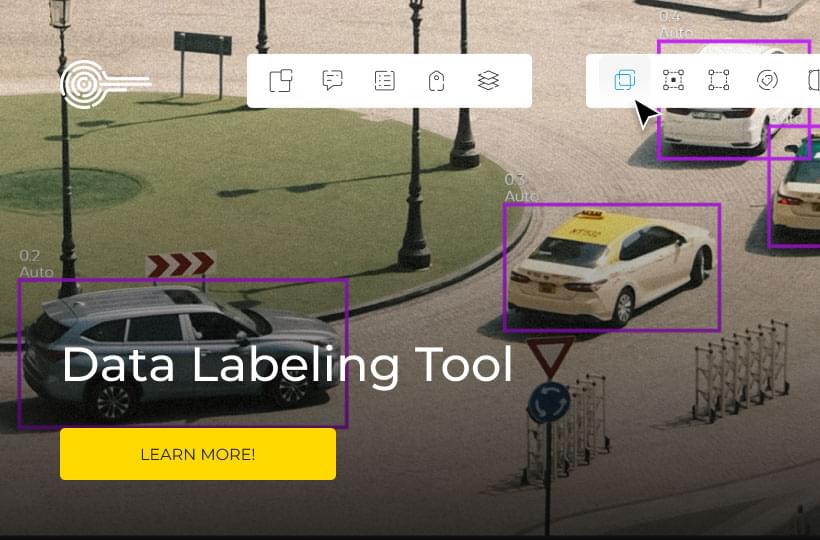Artificial intelligence and the future of veterinary medicine
People love their pets. People also want their pets to be healthy. As AI becomes more central to the human medical field, the same is happening in veterinary medicine. Although the needs of animals and humans are different, the tools used are often similar. For example, incorporating big data into vet diagnostics can yield powerful insights. In addition, AI-guided surgeries can improve outcomes for operations.
Using artificial intelligence in veterinary medicine comes down to having well-annotated data. Human medicine and veterinary medicine are different because animal behavior can be unpredictable. Designing effective veterinary systems with AI must account for this. Comprehensive training datasets that reflect animal behaviors are an important place to start.

How is AI used in veterinary medicine?
Veterinary medicine is a complex field of medicine. Much like human medicine, it takes place across a variety of specialties and time scales. Vets make predictions about negative health outcomes before pets get sick. They do check-ups without any specific health concern present. They analyze lab samples to determine the pathology of sick animals. And they perform operations and give medicine when the situation requires it.
Each of these phases of veterinary medicine demands a specific kind of training data. Using AI to predict future illness differs from using it to determine the best medicines to give out. This is why annotation is so key to this process. If data is properly labeled and categorized, it can take on a wide variety of uses. The main use of AI in veterinary medicine is to automate what would otherwise be tedious analytical work. More time is always a good thing.

What are some examples of AI-driven veterinary medicine?
Although AI in medicine has been around for quite a while, it is only now entering the world of veterinary medicine. A few companies in the space have cornered the market on AI-driven vet tools. That being said, the functions tend to be fairly general.
Some of the most common uses of AI in veterinary medicine are:
- Veterinary Pathology
- Big Data Analytics
- Automated Imaging
- Personalized Medicine
- Prediction
Veterinary pathology refers to the processes by which vets determine an animal's illness. This often requires a long process of studying samples and running tests. AI-powered pathology can speed this process up dramatically.
Pathology falls into a broader category of data analytics augmented by AI. Being able to analyze a large amount of data quickly can be a game changer. AI systems can also provide new insights into the data that might otherwise be overlooked. This means that a more complex study of animal health can be.
Automated imaging is a specific use of AI in veterinary medicine. Much of what these vets do is looks at tissue slides and x-rays of broken bones. There are tools that can analyze these images in real time and provide dynamic feedback. This could shorten the time to diagnosis greatly. With the right data annotation techniques, these AI systems will be able to come to medical conclusions without human input.
Personalized veterinary medicine is an extension of its human version. With more specific veterinary data, treatments can be designed more specifically. Algorithms can help structure these treatments. This could reduce the costs of treatments (because nothing extraneous is included) and improve outcomes.
The last prediction generally describes the capacity of AI to get ahead of potential health issues. By taking inputs like animal diet and exercise, pet owners can prevent issues before they happen. Especially as genetic testing becomes more advanced, preventative treatments could become the norm. Again, this could reduce costs and improve the quality of life for these animals.
With each of these use cases, the role of AI is to transform data into some usable form. The expertise of vets to carry out complicated treatments will still be there, but now they'll have a suite of tools to help them. Augmentation is often the role that AI tools play in these industries. The more these tools are used, the more data they will take in to improve their processes.
What is the future of veterinary medicine?
The future of veterinary medicine will likely include many of these technologies. As medicine itself become more data-driven, veterinarians shouldn't be following too far behind. Many of the tools and practices used may look exactly the same. There are many ways this might change the world of veterinary medicine.
For one, the future of veterinary medicine will almost definitely include a more holistic process. The best procedures for individual animals can depend on a lot of factors. Data analytics using artificial intelligence will make that easier to compute. That could extend from the things owners do at home to the genetic makeup of a specific animal.
Especially as telemedicine becomes more common, vet visits might also become a thing of the past. Data-driven veterinarians using good annotation tools might identify issues with algorithms alone. Increased automation could completely change the relationship people have with their vets.
Introducing AI into veterinary medicine might also expand our understanding of animal illness. As these algorithms design more specific treatments, new insights might emerge about how and why they happen. At the very least, a more holistic understanding of what's happening should appear.
Again, veterinary medicine and human medicine often work in parallel. One will likely advance with the other. This could mean longer lives for ourselves and our animals. AI will almost certainly place an important role in this transition. With the proper training datasets, this could completely change the way we think about animal health.
